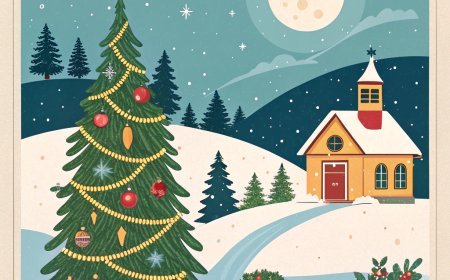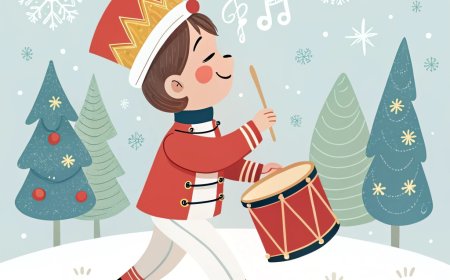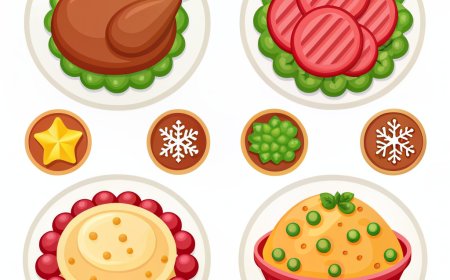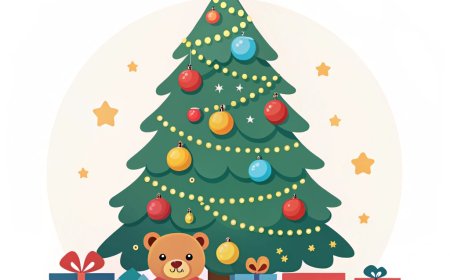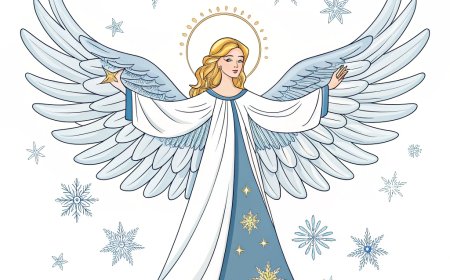Thanksgiving History Traditions and Fun Facts for Students
Learn about the history traditions and fun facts of Thanksgiving in this student guide exploring harvest feasts family gatherings and gratitude
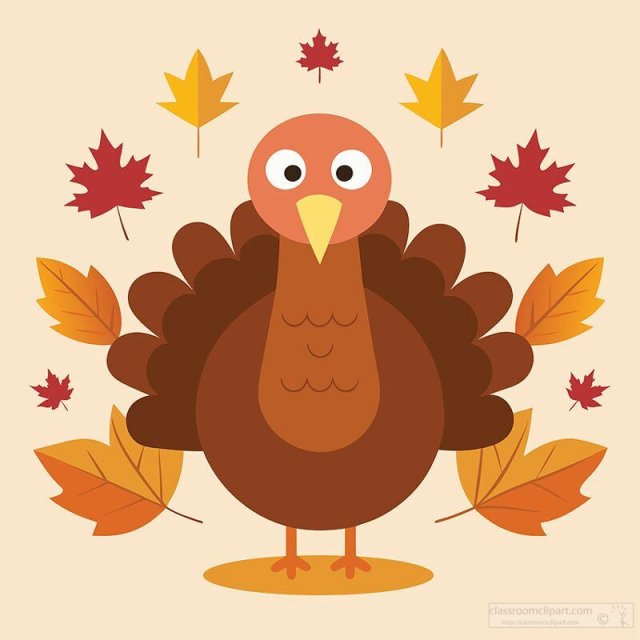
🍂 Introduction
Every year in late November, families and friends across the United States gather around tables filled with turkey, mashed potatoes, stuffing, and pumpkin pie. The air smells of warm spices and roasted food, and conversations buzz with stories, laughter, and gratitude. For many people, Thanksgiving is a time to enjoy a feast and spend time with loved ones - but it's also a holiday with a deep history that stretches back nearly 400 years.
The story of Thanksgiving begins with the Pilgrims, the Wampanoag people, and a harvest celebration in 1621. Over the centuries, traditions have grown and changed, but the spirit of giving thanks has remained. Today, Thanksgiving is both a national holiday and a personal moment for reflection, kindness, and community. Whether you love it for the food, the parades, or the meaning behind it, Thanksgiving is a day where gratitude takes center stage.
📜 History and Origins
In September 1620, a group of English settlers known as the Pilgrims sailed across the Atlantic Ocean on a ship called the Mayflower. They landed in what is now Massachusetts and established the Plymouth Colony. The first winter was harsh, and many settlers did not survive.
The following spring, the Wampanoag people, led by Chief Massasoit, helped the Pilgrims by teaching them how to grow crops like corn, beans, and squash. In the autumn of 1621, the Pilgrims and Wampanoag came together for a three-day feast to celebrate the successful harvest. This event is often remembered as the "First Thanksgiving," though harvest festivals had been celebrated in many cultures long before.
Thanksgiving became an official U.S. holiday in 1863, when President Abraham Lincoln declared it a national day of thanks during the Civil War.
🥧 Traditions and Customs
🦃 The Thanksgiving Feast
Turkey is the star of most Thanksgiving dinners, but side dishes like mashed potatoes, cranberry sauce, stuffing, and sweet potatoes are just as important. Many families also enjoy pumpkin or pecan pie for dessert.
📺 Parades and Football
The Macy's Thanksgiving Day Parade in New York City features giant balloons, marching bands, and performers. Watching football games on TV has also become a Thanksgiving tradition for millions of families.
🙏 Giving Thanks
Some families go around the table, each person sharing something they are grateful for. Others volunteer at food banks or community kitchens to help those in need.
🍁 Symbols and Meanings
-
🦃 Turkey - The most common main dish for the holiday.
-
🌽 Corn - A staple crop of Native American agriculture.
-
🥧 Pumpkin Pie - A classic dessert linked to the harvest season.
-
🍂 Autumn Leaves - Represent the time of year and the changing seasons.
🌍 How It's Celebrated Today
While Thanksgiving is most closely associated with the United States, similar harvest festivals are celebrated worldwide. In Canada, Thanksgiving is observed on the second Monday in October. In Liberia, it's celebrated on the first Thursday of November, blending American traditions with African culture. Around the world, many people use the day as an opportunity to express gratitude and spend time with loved ones.
💡 Fun Facts
-
🦃 The first Thanksgiving feast likely included venison, seafood, and corn - not just turkey.
-
📺 Over 50 million people watch the Macy's Thanksgiving Day Parade each year.
-
🏈 The first Thanksgiving Day football game was played in 1876.
-
🍽️ Americans eat about 46 million turkeys every Thanksgiving.
📚 Vocabulary List
-
Pilgrims - English settlers who founded Plymouth Colony.
-
Wampanoag - Native American tribe that helped the Pilgrims survive their first year.
-
Harvest - The gathering of crops.
-
Gratitude - The feeling of being thankful.
-
Tradition - A custom passed down over time.
-
Parade - A public procession celebrating a special day or event.
-
Proclamation - An official announcement.
-
Colony - A settlement in a new land ruled by another country.
📝 Key Takeaways
-
Thanksgiving traces back to a 1621 feast shared by the Pilgrims and Wampanoag people.
-
The holiday celebrates gratitude, community, and the harvest.
-
Common traditions include feasts, parades, football, and giving thanks.
-
Symbols include turkey, corn, pumpkin pie, and autumn leaves.
-
It became a U.S. national holiday in 1863, thanks to Abraham Lincoln.
🧠 Interactive Quiz
1. Who helped the Pilgrims survive their first year in Plymouth?
A) The Iroquois
B) The Wampanoag
C) The Sioux
D) The Cherokee
2. What year is remembered as the “First Thanksgiving”?
A) 1492
B) 1607
C) 1621
D) 1776
3. What is the most common main dish served at Thanksgiving?
A) Chicken
B) Turkey
C) Beef
D) Fish
4. Which U.S. president made Thanksgiving a national holiday?
A) George Washington
B) Thomas Jefferson
C) Abraham Lincoln
D) Theodore Roosevelt
5. Which famous parade takes place on Thanksgiving Day in New York City?
A) Rose Parade
B) St. Patrick’s Parade
C) Macy’s Thanksgiving Day Parade
D) Independence Day Parade



















































